Australian Cattle Dog: The Tireless Herding Companion
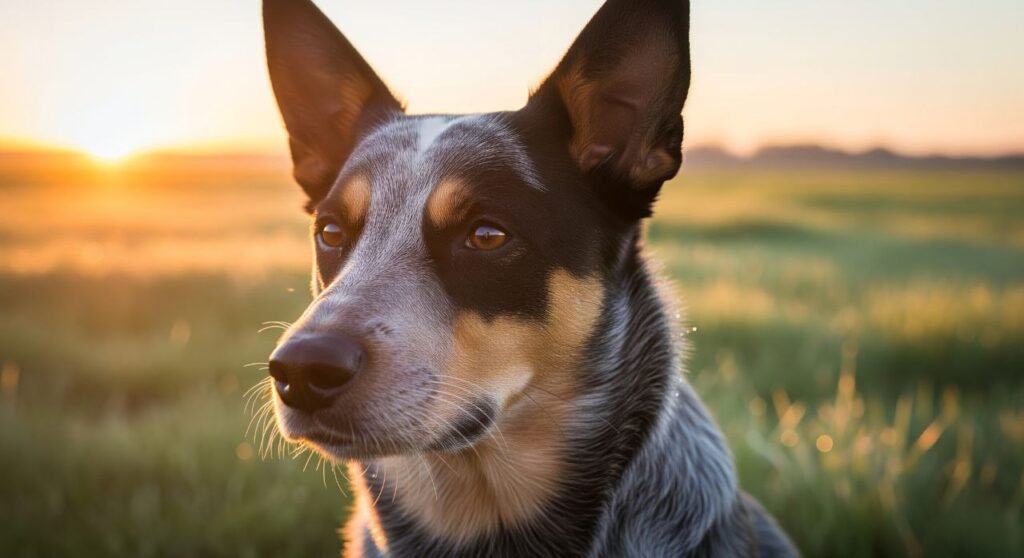
The Australian Cattle Dog (ACD) is a tough, intelligent, and energetic breed developed in the rugged outback of Australia. Bred to herd cattle across long distances and harsh conditions, this breed is best known for its stamina, loyalty, and sharp mind. Whether called a Blue Heeler or Red Heeler, the Cattle Dog has earned a reputation as one of the most dependable and hardworking canine companions.
In this article, we’ll dive into the breed’s origins, characteristics, temperament, care needs, and what makes the Cattle Dog such a remarkable—yet demanding—pet.
History & Origin
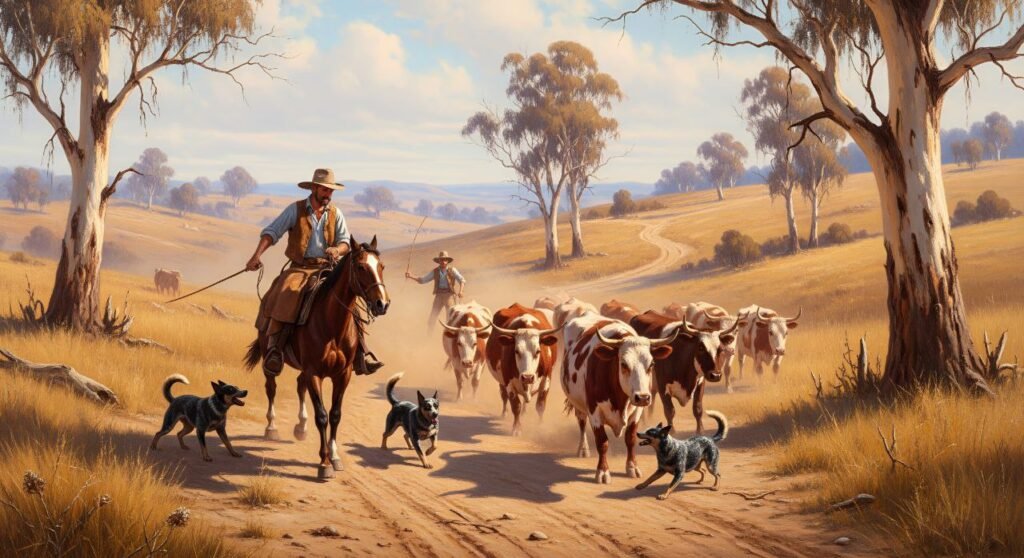
The story of the Australian Cattle Dog begins in the early 1800s when Australian settlers needed a dog that could withstand the harsh climate and terrain while driving cattle across vast distances. The British herding dogs they brought with them couldn’t handle the heat and workload.
To create a more suitable dog, settlers crossed native Dingoes with various breeds, including:
- Smooth-coated Collies
- Dalmatians
- Bull Terriers
- Possibly Kelpies
The result was a compact, weather-resistant, agile, and intelligent dog with a strong herding instinct and excellent endurance.
The breed was standardized by Robert Kaleski in the late 1800s, and the Australian Kennel Club recognized it in 1903. The American Kennel Club (AKC) officially recognized the breed in 1980.
Breed Overview
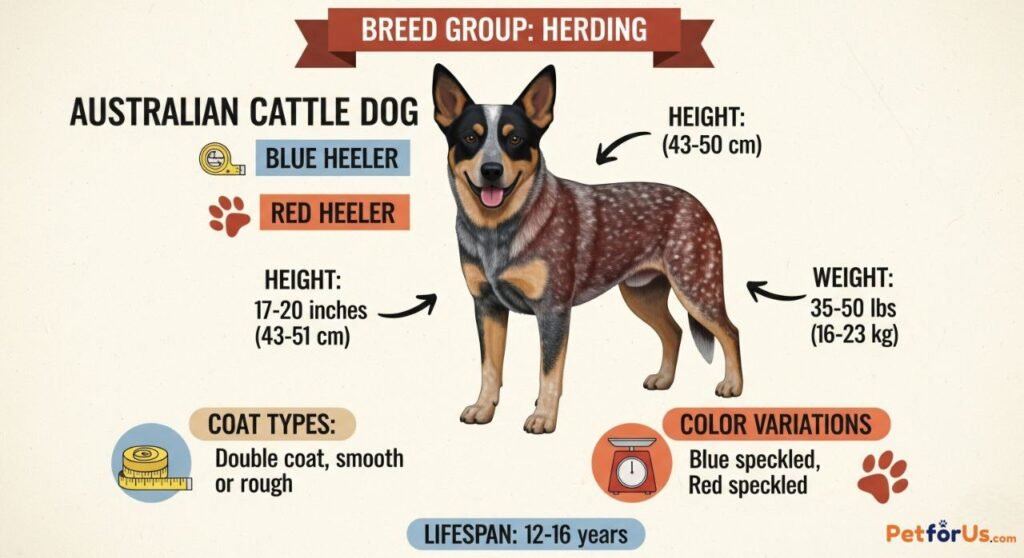
| Trait | Description |
|---|---|
| Breed Group | Herding |
| Size | Medium |
| Weight | 35–50 pounds (16–23 kg) |
| Height | 17–20 inches (43–51 cm) at the shoulder |
| Lifespan | 12–16 years |
| Colors | Blue, Blue Mottled, Blue Speckled, Red Speckled |
| Coat | Short, dense double coat – weather-resistant |
| Common Nicknames | Blue Heeler, Red Heeler, Queensland Heeler |
Temperament & Personality
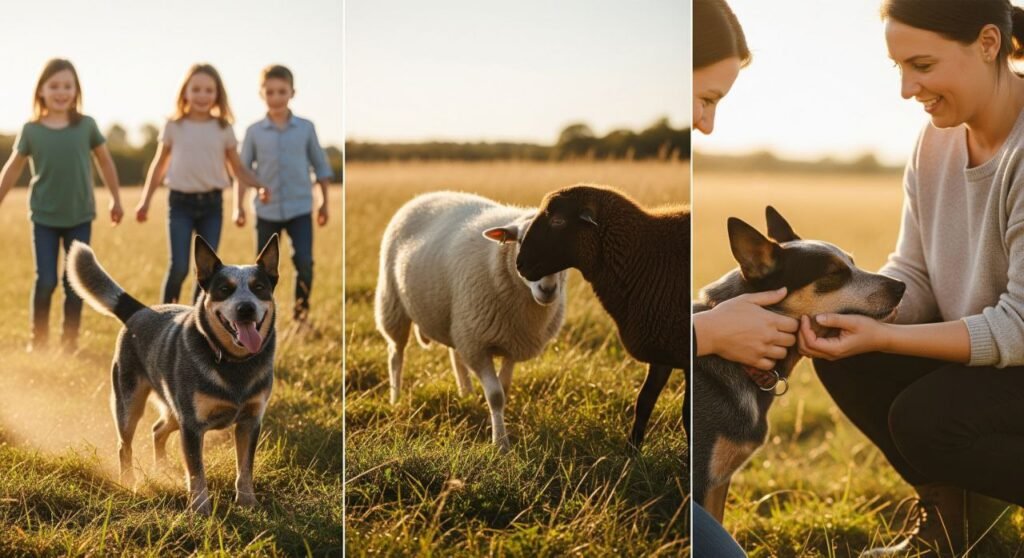
Australian Cattle Dogs are known for their:
- Intelligence: Ranked among the smartest dog breeds, they are quick learners and problem-solvers.
- Loyalty: Incredibly devoted to their family, often forming strong bonds with one person.
- Protectiveness: Naturally wary of strangers and can be excellent watchdogs.
- Independence: Can think for themselves, which can make training both rewarding and challenging.
- Herding Drive: They may instinctively nip at heels or try to herd children and other pets.
Early socialization and training are essential to shape these instincts into positive behavior.
Energy & Exercise Needs
If one word describes this breed, it’s “driven.” Australian Cattle Dogs are high-energy working dogs that require at least 1–2 hours of exercise per day.
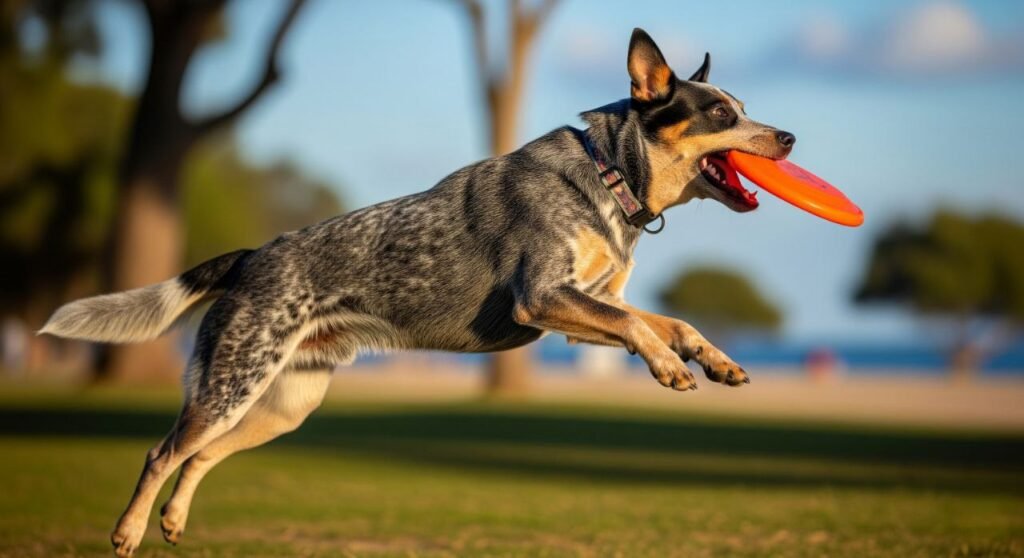
Recommended Activities:
- Long walks, jogs, or hikes
- Herding trials
- Agility training
- Frisbee or fetch
- Mental puzzles and scent games
- Obedience training
Without adequate physical and mental stimulation, Cattle Dogs can become bored, anxious, or destructive.
Training & Socialization
These dogs thrive on structure and consistency. While they’re fast learners, they’re also strong-willed and may test boundaries.
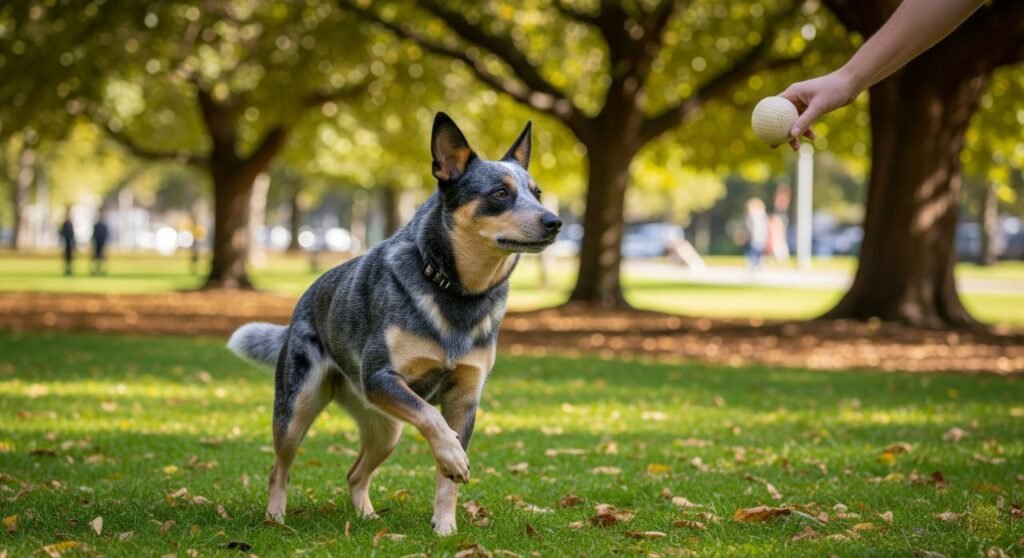
Tips for Successful Training:
- Start young: Begin training and socialization as early as possible.
- Use positive reinforcement: Rewards work better than punishment.
- Be consistent: Mixed messages lead to confusion and defiance.
- Provide jobs or tasks: These dogs love to have a purpose.
Due to their herding instincts, early exposure to different people, animals, and environments is vital to reduce unwanted behaviors.
Grooming & Care
Cattle Dogs are relatively low-maintenance, but they still need regular grooming.

Coat Care:
- Brushing: 1–2 times per week to remove dead hair and reduce shedding.
- Bathing: Only when dirty; too frequent bathing strips natural oils.
- Shedding: Moderate, with increased shedding twice a year (spring and fall).
Also read: Top 6 Low Maintenance Dogs That Are So Easy to Care For You Will Wonder Why Everyone Doesn’t Own One.
Other Care:
- Nail trimming: Every 3–4 weeks.
- Ear cleaning: Weekly to prevent infections.
- Dental care: Brush teeth or provide dental chews regularly.
Diet & Nutrition
Australian Cattle Dogs do best on a high-quality diet rich in protein, especially if they’re active or working dogs.

General Guidelines:
- Choose food formulated for medium-sized, high-energy breeds.
- Monitor portion sizes to avoid weight gain.
- Consider supplements for joint health, especially as they age.
- Fresh water should always be available.
Consult your vet for personalized feeding plans, especially for working or aging dogs.
Health & Lifespan
Australian Cattle Dogs are generally healthy and long-lived, often living 12–16 years.

Common Health Concerns:
- Hip dysplasia
- Progressive retinal atrophy (PRA)
- Deafness (congenital)
- Elbow dysplasia
- Obesity (if under-exercised)
Regular vet check-ups and health screenings are important, especially for vision and hearing.
Is the Australian Cattle Dog Right for You?
The Cattle Dog is not for everyone. While they’re loyal, smart, and protective, they can be a handful for first-time dog owners or those with low-activity lifestyles.
Ideal Owners:
✅ Active individuals or families
✅ Farmers or ranchers
✅ Experienced dog owners
✅ People who enjoy dog sports
✅ Owners who can provide structure and consistent training

Not Ideal For:
❌ Apartment dwellers (unless very active)
❌ Inactive households
❌ Owners with little time for training or exercise
❌ Families with very young children (unless trained to avoid herding behavior)
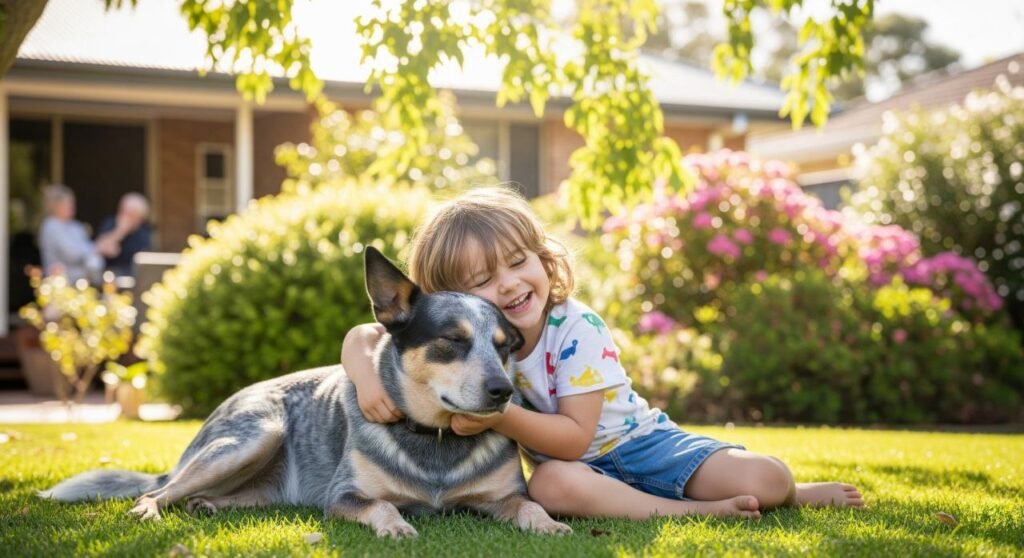
The Australian Cattle Dog is a remarkable breed—fiercely loyal, hardworking, and highly intelligent. While they can present challenges, especially for inexperienced owners, the rewards of raising a Cattle Dog are immense for those who can meet their needs.
If you’re looking for a smart, energetic companion who thrives on adventure and purpose, the Australian Cattle Dog might be your perfect match.

